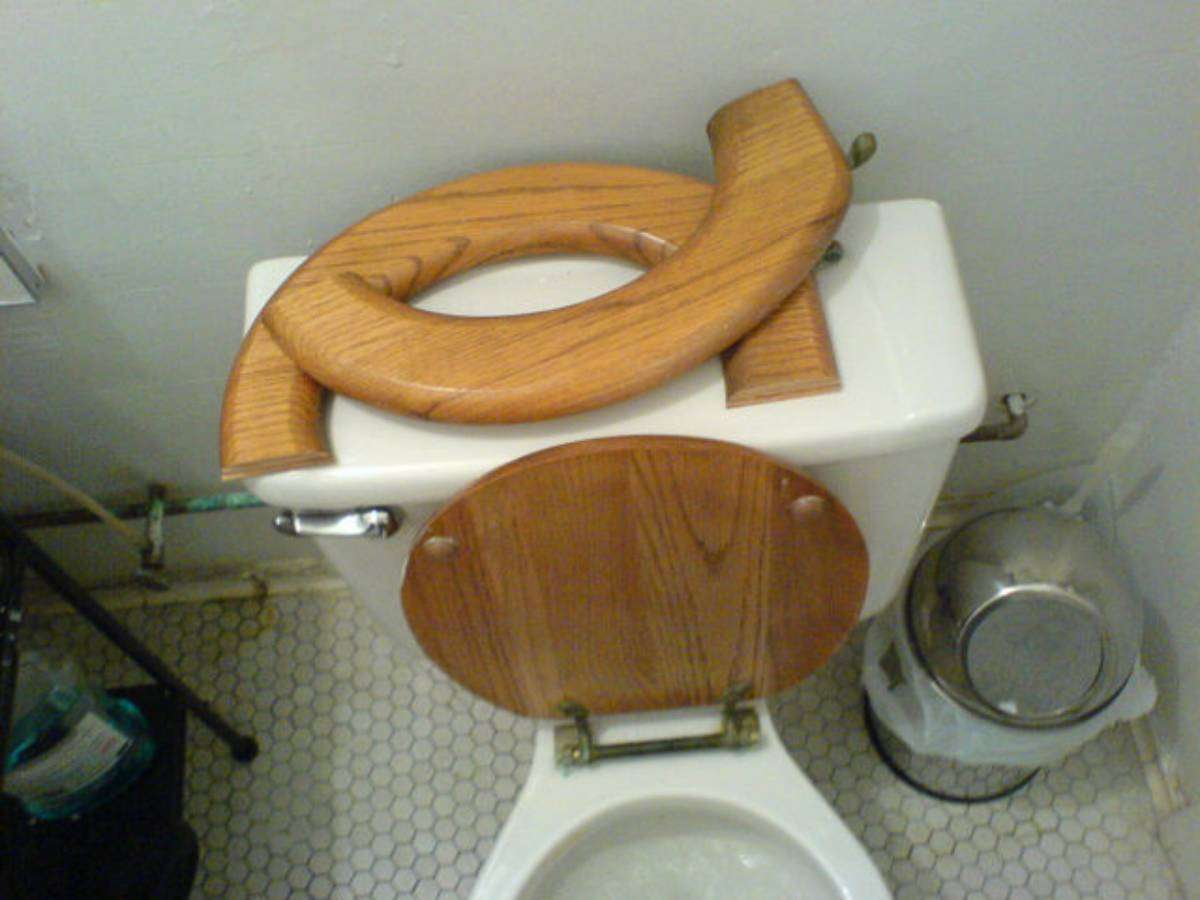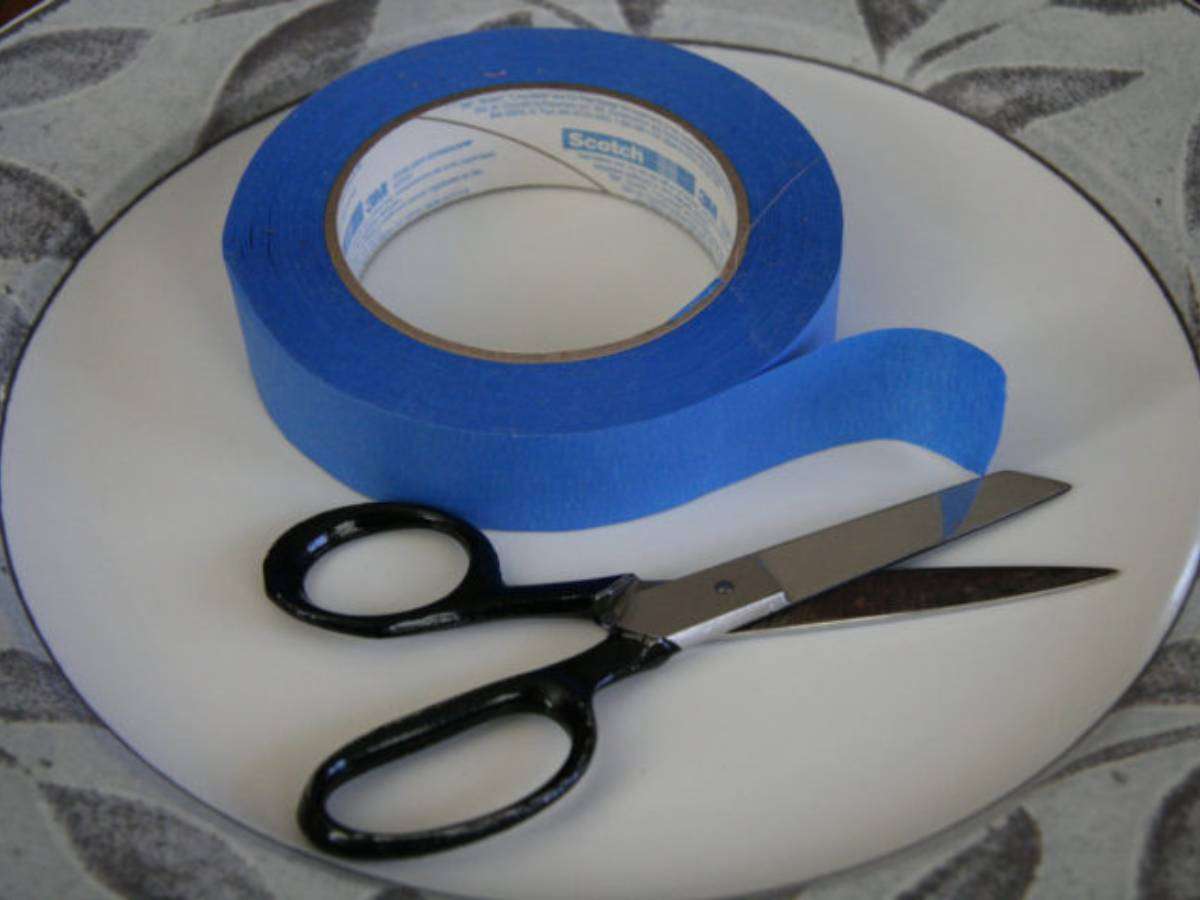 If you’re thinking about buying a new washing machine, then you’re probably wondering what kind you should get — front-loader or top-loader.
If you’re thinking about buying a new washing machine, then you’re probably wondering what kind you should get — front-loader or top-loader.
Most people are interested in the biggest differences between top load washing machines and front load washing machines.
The truth is, each has advantages and disadvantages:
Now see, point-by-point, why I (and lots of other people) prefer front loading washing machines…
7 Advantages Of Front Load Washing Machines
#1 – Front loaders use less water. Because front load washing machines use a horizontal axis (or tumble-axis basket) to lift and drop clothing through the water, they only need to fill up part of the way. Then, the drum rotates sending your clothes in and out of the soapy water until they’re clean.
On the other hand, a top loader has to fill up all the way first. Then, the agitator moves both the clothes and the water in order to clean them.
#2 – When rinsing clothes, front load washing machines don’t have to drain soapy water and then refill with water to rinse as top loaders do. Instead, a front loader just sprays clean water on your clothes until they are thoroughly rinsed. Again, a huge savings on water.
#3 – Front loaders don’t require as much detergent as top loaders do. Generally speaking a front loader will use approximately half as much or less detergent for the same size load as you would put in a top loader. So, you will save a lot of money on detergent because you will not have to buy it as often.
#4 – Front loading washing machines use less energy to wash your clothes. This is because they use less water, including hot water — which, of course, takes energy to heat. So, a front loader could substantially decrease your electric bill.
According to the Environmental Protection Agency, front load washing machines can use about 40% less water and 50% less energy than conventional washers, cause less wear and tear on clothes, and can accommodate large items that won’t fit in a top-loader. A typical top-loading washer uses about 40 gallons of water per full load. In contrast, a full-size front-loading washer uses between 20 and 25 gallons.
#5 – Your clothes take less of a beating in a front load machine, so your clothes will last longer. The reason for this is the agitators in top loaders tend to be very rough on clothing, whereas front loaders only use gravity to move the clothes inside the washer.
#6 – Many front loading washing machines have their own water heater, which ensures that the temperature of the water is exact and correct. That way, even if the hot water coming from your own hot water heater isn’t hot enough (or is too hot), the machine’s hot water heater will correct for this.
#7 – Front loaders are much less expensive to own than top loaders. With the savings that you’ll gain from less detergent, less energy and less water, most front loaders pay for themselves within a couple of years.
The only real downside to a front load washing machine, compared to a top loading machine is the cost. A front loader costs anywhere from $650 to $2,050 — depending on the brand and model. However, when you consider the savings in detergent, energy, and water, it makes both financial and environmental sense to purchase a front loading washing machine over a top loading washing machine.



